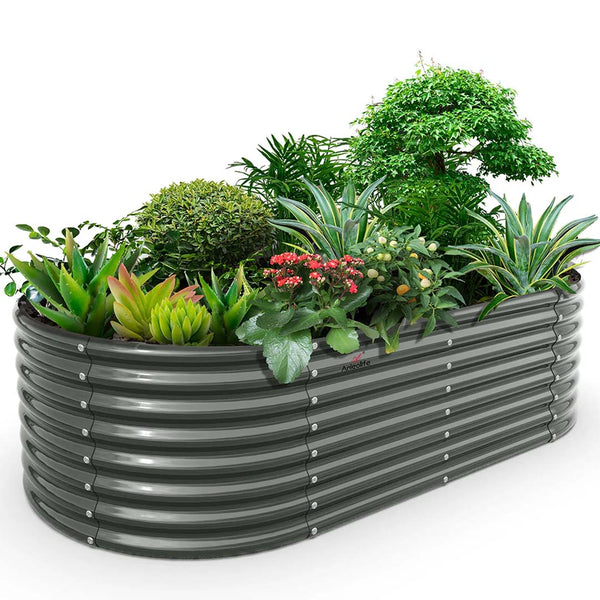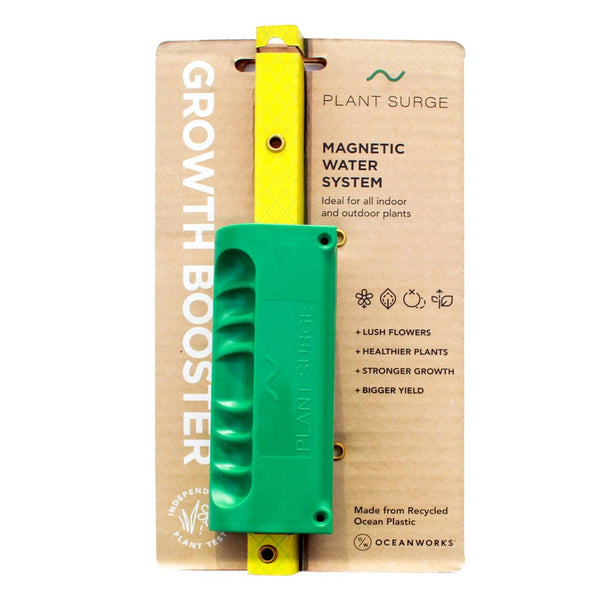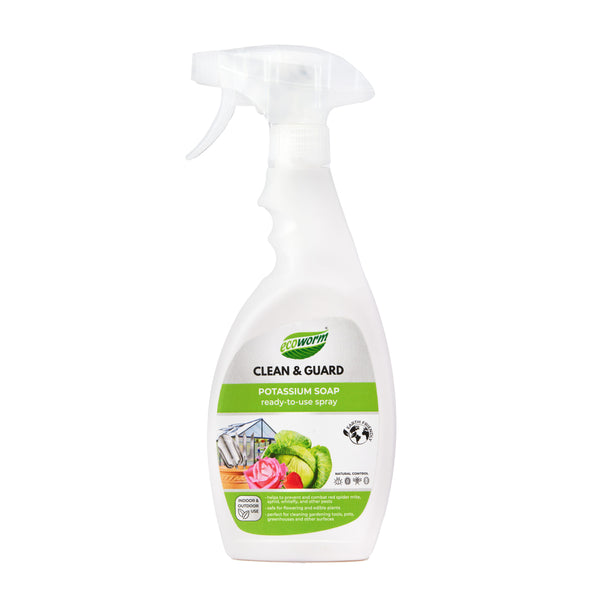The Weed-Free Wonder: Vegetable Garden Beds That Cut Maintenance Time In Half

Understanding Your Gardening Needs
Identifying Your Gardening Space
Alright, folks, before we dive into the dirt, let's figure out where we're gonna plant those veggies. Raised beds are the way to go—four feet wide is the magic number. Why? Because you can reach your plants from both sides without stomping all over the soil. Trust us, compacted soil is a no-go; it squashes those precious air pockets and messes with water flow, making weeds feel right at home. Raised beds? They’re like VIP lounges for your plants, keeping them happy and weed-free (Savvy Gardening).
Here's what you need to think about when picking your gardening spot:
- Available Area: Grab that tape measure and see what space you've got. You want enough room to move around and pamper your plants without doing the garden shuffle.
- Sunlight: Your veggies are sun worshippers, needing a good 6-8 hours of direct sunlight daily. Pick a sunny spot, and they'll thank you with a bountiful harvest.
- Accessibility: Make sure you can easily reach your garden beds for watering, weeding, and harvesting. Those four-foot-wide raised beds are perfect for easy access from both sides.
Assessing Your Gardening Goals
Now, let's talk about what you want out of this gardening gig. Raised beds are like the Swiss Army knife of gardening—perfect for growing your favorite foods, herbs, and flowers. They make gardening a breeze for anyone who loves getting their hands dirty (National Garden Bureau).
Think about these goals:
- Pest Control: Raised beds are like fortresses against garden invaders—slugs, snails, rabbits, birds, squirrels, and even the neighbor's cat. They provide a solid barrier to keep those critters at bay (Gardenary).
- Increased Production: With raised beds, you get better root depth, soil quality, drainage, and soil temperature. This means more plants in less space and better control over your soil mix (Gardenary).
- Low Maintenance: Forget about tilling—raised beds need less annual upkeep. Just clear out the debris and add some compost each season, and you're good to go (Gardenary).
- Cost Considerations: Setting up raised beds can be a bit pricier than in-ground gardens. Materials and soil can run you at least $125 per bed, not counting tools and gravel for drainage (Gardenary).
By figuring out your gardening space and goals, you'll be ready to choose the perfect raised garden bed for your needs. Want more info on picking the right materials? Check out our section on raised garden bed materials.
Choosing the Right Raised Garden Bed Material
Picking the right stuff for your raised garden bed is like choosing the perfect pair of shoes—it's gotta be comfy, last long, and look good. We're gonna chat about the ups and downs of different materials like cedar wood, concrete blocks, plastic and resin, and fabric beds and grow bags.
Benefits of Cedar Wood Beds
Cedar wood is like the rockstar of garden beds. It's tough, doesn't rot easily, and bugs don't like it much. This wood can stick around for a decade or more, which is why folks in the Midwest and Europe love it (Gardenary).
Why Cedar Rocks:
- Tough as Nails: Cedar naturally fights off rot and pests, so it lasts a long time.
- Looks Good: It gives your garden a natural, pretty vibe.
- Eco-Friendly: No need for nasty chemicals with cedar.
Things to Think About:
- Pricey: Cedar can cost more than other woods like pine.
- Hard to Find: Scoring good cedar at a decent price can be tricky.
Considerations for Concrete Block Beds
Concrete blocks are like the tanks of garden beds—super sturdy and easy to put together without fancy tools.
Why Concrete Blocks are Cool:
- Solid as a Rock: They give your garden bed a strong, stable base.
- Lasts Forever: Concrete can handle all kinds of weather.
- Flexible: You can stack them in different ways to fit your space.
Things to Think About:
- Heavy Lifting: These blocks are hefty and might need some muscle to move.
- Not the Prettiest: The industrial look might not be everyone's cup of tea.
Exploring Plastic and Resin Beds
Plastic and resin beds are like the featherweights of the garden world—easy to move and set up, plus they don't rot or attract pests.
Why Plastic and Resin are Handy:
- Light as a Feather: Perfect for those who don't want to break a sweat setting up.
- Tough: They stand up to rot, pests, and the weather.
- Easy Peasy: Hardly any maintenance needed compared to wood.
Things to Think About:

- Not So Green: They're not biodegradable, so not the best for Mother Earth.
- Hot Stuff: They can hold onto heat, which might mess with your soil temp.
Evaluating Fabric Beds and Grow Bags
Fabric beds and grow bags are getting popular because they're flexible and great for plant health. They're made from breathable fabric that helps roots grow strong.
Why Fabric Beds are Fab:
- Breathable: The fabric lets air in, which is great for roots.
- Keeps Moisture Just Right: They hold water but let extra drain out, so no soggy roots.
- Easy to Move: Light and portable, awesome for renters or small spaces.
Things to Think About:
- Not as Tough: They might not last as long and could need replacing sooner.
- Needs Support: Might need extra help to keep their shape when filled with soil.
| Material | Durability | Cost | Weight | Maintenance | Aesthetic Appeal |
|---|---|---|---|---|---|
| Cedar Wood | High | Moderate | Moderate | Low | High |
| Concrete Blocks | Very High | Low | High | Low | Moderate |
| Plastic and Resin | High | Low | Low | Very Low | Moderate |
| Fabric Beds | Moderate | Low | Very Low | Moderate | Moderate |
Picking the right material for your raised garden bed is all about what you need and like. Whether you want something that lasts, is easy to set up, or just looks good, there's a perfect fit for every gardener. Check out our other articles for more on gardening in raised beds and raised garden kits.
Selecting the Ideal Height for Your Raised Garden Bed
Picking the right height for your raised garden bed is like finding the perfect pair of shoes—it's gotta fit just right for your plants to strut their stuff. Let's dig into the best depths for different plant types and what you should think about when choosing how high to go.
Determining Depth for Different Plant Types
Plants are like people; they all have their quirks, especially when it comes to root depth and munching on nutrients. Here's a cheat sheet to help you figure out how deep your veggie beds should be:
| Plant Type | Recommended Bed Depth |
|---|---|
| Herbs (oregano, rosemary, mint, sage, basil, thyme) | 6 inches |
| Herbs (cilantro, parsley, dill) | 12 inches |
| Leafy Greens (lettuce, arugula, spinach) | 6 inches |
| Leafy Greens (romaine, Swiss chard, kale) | 12 inches |
| Root Crops (radishes, beets, carrots) | 12 inches |
| Vining Plants (tomatoes, squash, zucchini) | 15-18 inches |
Want more dirt on specific plants? Check out our article on raised garden bed.
Factors Influencing Bed Height Selection
Several things can sway your decision on how tall to make your raised garden bed. Here are some biggies:
Plant Root Depth: As you saw in the table, plants have different root depths. Make sure your bed is deep enough for the roots of the plants you wanna grow.
Soil Quality: Raised beds let you be the boss of soil quality. Deeper beds can hold more nutrient-packed soil, which is a win for hungry plants like tomatoes. Get the scoop on soil management in our gardening in raised beds guide.
Drainage: Good drainage is like a lifeline for your plants. Taller beds help water flow away, keeping your plants from drowning. This is super important for root crops that need dry feet.
Accessibility: Think about how easy it is to reach your plants. Taller beds mean less bending and kneeling, making gardening a breeze. This is a lifesaver for older folks or anyone with achy joints.
Pest Control: Higher beds can keep pesky critters like rabbits and bugs at bay. Plus, elevated beds make it easier to throw on some protective covers or netting.
Aesthetic Appeal: The height of your raised bed can jazz up your garden's look. Taller beds give a neat and tidy vibe, while shorter ones blend in more naturally.
By keeping these factors in mind, you can pick the perfect height for your raised garden bed, setting the stage for a garden that's both bountiful and beautiful. For more tips on getting your garden groove on, visit our raised garden kits and raised bed planner pages.
























